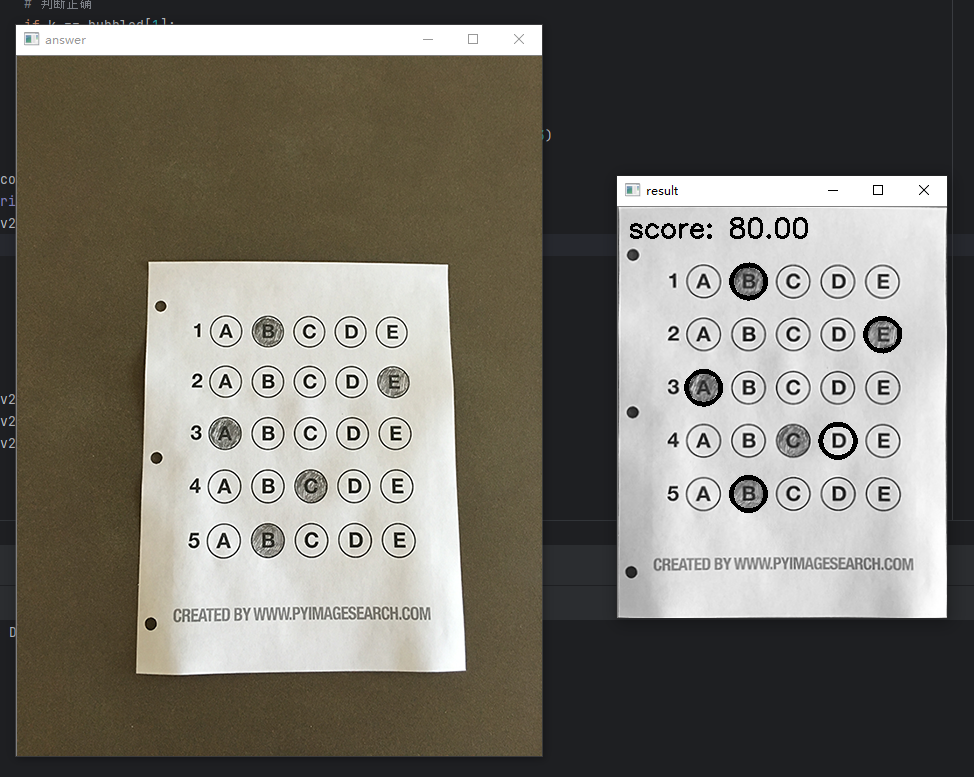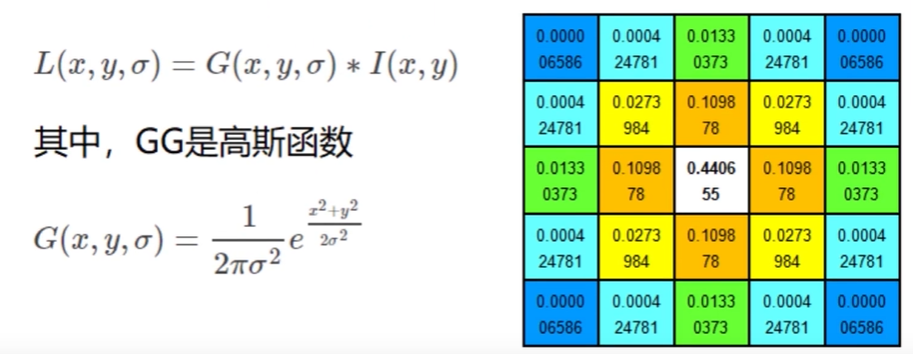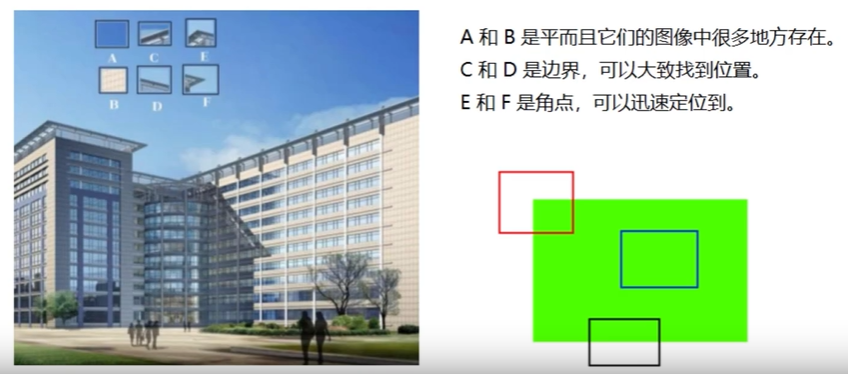1. 流程
- 答题卡预处理
轮廓检测
- 答题卡区域
- 选项区域
- 透视变换
判题
- 根据mask判断每个选项的非零点数量(判断该选项是否被选中)
2. 演示
答题卡


answer_scan.py
import numpy as np import cv2 # 答案 answer = {0: 1, 1: 4, 2: 0, 3: 3, 4: 1} def get_points(pts): rect = np.zeros((4, 2), dtype="float32") # 按顺序寻找4个点的坐标(左上,右上,右下,左下) # 左上,右下 s = pts.sum(axis=1) rect[0] = pts[np.argmin(s)] rect[2] = pts[np.argmax(s)] # 右上,左下 diff = np.diff(pts, axis=1) rect[1] = pts[np.argmin(diff)] rect[3] = pts[np.argmax(diff)] return rect def point_transform(image, pts): # 获取输入坐标点 rect = get_points(pts) (tl, tr, br, bl) = rect # 计算输入的w、h,找到最大的 widthA = np.sqrt(((br[0] - bl[0]) ** 2) + ((br[1] - bl[1]) ** 2)) widthB = np.sqrt(((tr[0] - tl[0]) ** 2) + ((tr[1] - tl[1]) ** 2)) maxWidth = max(int(widthA), int(widthB)) heightA = np.sqrt(((tr[0] - br[0]) ** 2) + ((tr[1] - br[1]) ** 2)) heightB = np.sqrt(((tl[0] - bl[0]) ** 2) + ((tl[1] - bl[1]) ** 2)) maxHeight = max(int(heightA), int(heightB)) # 变换后的坐标位置 dst = np.array([ [0, 0], [maxWidth - 1, 0], [maxWidth - 1, maxHeight - 1], [0, maxHeight - 1]], dtype="float32") # 计算变换矩阵 M = cv2.getPerspectiveTransform(rect, dst) warped = cv2.warpPerspective(image, M, (maxWidth, maxHeight)) return warped def sort_contours(cnts, method="left-to-right"): reverse = False i = 0 if method == "right-to-left" or method == "bottom-to-top": reverse = True if method == "top-to-bottom" or method == "bottom-to-top": i = 1 boundingBoxes = [cv2.boundingRect(c) for c in cnts] (cnts, boundingBoxes) = zip(*sorted(zip(cnts, boundingBoxes), key=lambda b: b[1][i], reverse=reverse)) return cnts, boundingBoxes def cv_show(title, img): cv2.imshow(title, img) cv2.waitKey(0) cv2.destroyAllWindows() # 图像预处理 image = cv2.imread("images/answer1.png") contours_img = image.copy() gray = cv2.cvtColor(image, cv2.COLOR_BGR2GRAY) blur = cv2.GaussianBlur(gray, (5, 5), 0) cv2.imshow("blur", blur) edged = cv2.Canny(blur, 75, 200) cv2.imshow("edged", edged) # 轮廓检测 cnts = cv2.findContours(edged.copy(), cv2.RETR_EXTERNAL, cv2.CHAIN_APPROX_SIMPLE)[1] cv2.drawContours(contours_img, cnts, -1, (0, 0, 255), 3) cv2.imshow("contours_img", contours_img) docCnt = None if len(cnts) > 0: # 根据轮廓大小排序 cnts = sorted(cnts, key=cv2.contourArea, reverse=True) for c in cnts: peri = cv2.arcLength(c, True) approx = cv2.approxPolyDP(c, 0.02 * peri, True) # 检测到4个角时(即完整的答题卡)进行透视变换 if len(approx) == 4: docCnt = approx break # 透视变换 warped = point_transform(gray, docCnt.reshape(4, 2)) cv2.imshow("warped", warped) # 阈值处理(让OpenCV自行选择合适的阈值) thresh = cv2.threshold(warped, 0, 255, cv2.THRESH_BINARY_INV | cv2.THRESH_OTSU)[1] cv2.imshow("thresh", thresh) thresh_contours = thresh.copy() # 获取答案选项的轮廓 cnts = cv2.findContours(thresh.copy(), cv2.RETR_EXTERNAL, cv2.CHAIN_APPROX_SIMPLE)[1] cv2.drawContours(thresh_contours, cnts, -1, (0, 0, 255), 3) cv2.imshow("thresh_contours", thresh_contours) question_cnts = [] for c in cnts: (x, y, w, h) = cv2.boundingRect(c) # 选项的外接矩形 ar = w / float(h) if w >= 20 and h >= 20 and ar >= 0.9 and ar <= 1.1: question_cnts.append(c) question_cnts = sort_contours(question_cnts, method="top-to-bottom")[0] correct = 0 # 遍历每题的选项 for (q, i) in enumerate(np.arange(0, len(question_cnts), 5)): cnts = sort_contours(question_cnts[i:i + 5])[0] bubbled = None for (j, c) in enumerate(cnts): # mask mask = np.zeros(thresh.shape, dtype="uint8") cv2.drawContours(mask, [c], -1, 255, -1) cv_show("mask", mask) # 通过计算非零点数量判断该选项是否被选中 mask = cv2.bitwise_and(thresh, thresh, mask=mask) total = cv2.countNonZero(mask) if bubbled is None or total > bubbled[0]: bubbled = (total, j) color = (0, 0, 255) k = answer[q] # 判断正确 if k == bubbled[1]: color = (0, 255, 0) correct += 1 # 标记正确答案 cv2.drawContours(warped, [cnts[k]], -1, color, 3) score = (correct / len(answer)) * 100 print("score: {:.2f}".format(score)) cv2.putText(warped, "score: {:.2f}".format(score), (10, 30), cv2.FONT_HERSHEY_SIMPLEX, 0.9, (0, 0, 255), 2) cv2.imshow("answer", image) cv2.imshow("result", warped) cv2.waitKey(0)result






评论 (0)